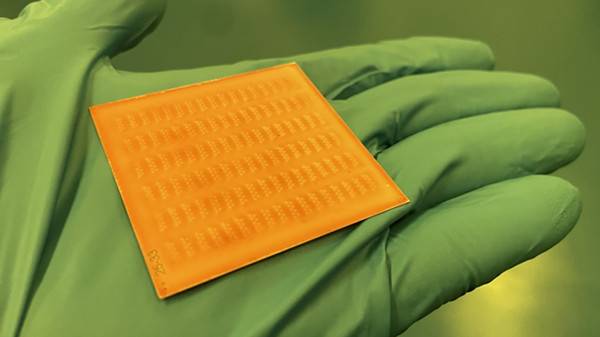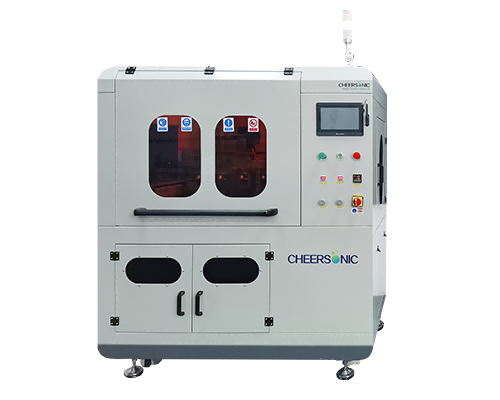What is Positive Photoresist?
When it comes to photoresist, everyone will probably think of its application in the aerospace field. But in fact, photoresist is not far from our lives. Mobile phone chips, computer display panels, and other electronic products that we live with day and night also hide photoresists.
Thanks to the mysterious photoresist material, we can continue to optimize parameters such as chip processing speed, display panel resolution and color gamut, and have thinner and lighter mobile phones, faster chips, and better screen panels!
Classification of photoresist
Photoresist is one of the core materials required in the photolithography process. Photoresist, also known as photoresist, is a mixed liquid with photochemical sensitivity. Its components include: photosensitizer, photoinitiator, film-forming resin, monomer, solvent and other additives. According to the different principles of chemical reactions, photoresist can be divided into positive photoresist and negative photoresist! The photoresist that can be dissolved after being exposed to light after development is called positive photoresist, and the photoresist that cannot be dissolved is called negative photoresist. Simply put, the photoresist left after development is the same as the pattern on the mask, which is positive photoresist; if the pattern formed by development is opposite to that of the mask, it is negative photoresist.
Positive photoresist has a wide range of applications, and its performance such as resolution, contrast and reaction speed are relatively excellent. However, under relatively harsh working conditions, negative photoresist has excellent heat resistance and acid and alkali resistance, and is also used in packaging operations to play an insulating and protective role.
In addition to positive photoresist and negative photoresist, I would like to introduce you to a panel positive photoresist. This is a photodecomposable photoresist, and its principle is to use the photodecomposition characteristics of the photosensitive agent DNQ (diazonaphthol derivative) as an application.
DNQ contains diazo double bonds, which release nitrogen after exposure, leaving two active positrons and then undergoing Wolf rearrangement to form an enone structure. The unstable enone will quickly become indene carboxylic acid in aqueous solution. Indene carboxylic acid and phenolic resin are both acidic and thus will dissolve in an alkaline developer; whereas DNQ that is not irradiated with light will form an azo coupling reaction with the phenolic resin and thus be able to withstand the acid.
Ultrasonic spraying systems have been proven to be used in various applications that require uniform and repeatable photoresist or polyimide film coatings. The thickness control range is from submicron to more than 100 microns, and any shape or size can be coated.
Ultrasonic spraying technology is used for semiconductor photoresist coating. Compared with traditional coating processes such as spin coating and dip coating, it has the advantages of high uniformity, good encapsulation of microstructures, and controllable coating area. In the past 10 years, it has been fully demonstrated that the 3D microstructure surface photoresist coating using ultrasonic spraying technology, the prepared photoresist coating is significantly higher than the traditional spin coating in terms of microstructure wrapping and uniformity Craft.
The ultrasonic spraying system can precisely control the flow rate, coating speed and deposition volume. Low-speed spray shaping defines atomized spray as a precise and controllable pattern to avoid excessive spray when producing a very thin and uniform layer. The ultrasonic spray system can control the thickness from sub-micron to more than 100 microns, and can coat any shape or size.
About Cheersonic
Cheersonic is the leading developer and manufacturer of ultrasonic coating systems for applying precise, thin film coatings to protect, strengthen or smooth surfaces on parts and components for the microelectronics/electronics, alternative energy, medical and industrial markets, including specialized glass applications in construction and automotive.
Our coating solutions are environmentally-friendly, efficient and highly reliable, and enable dramatic reductions in overspray, savings in raw material, water and energy usage and provide improved process repeatability, transfer efficiency, high uniformity and reduced emissions.
Chinese Website: Cheersonic Provides Professional Coating Solutions



